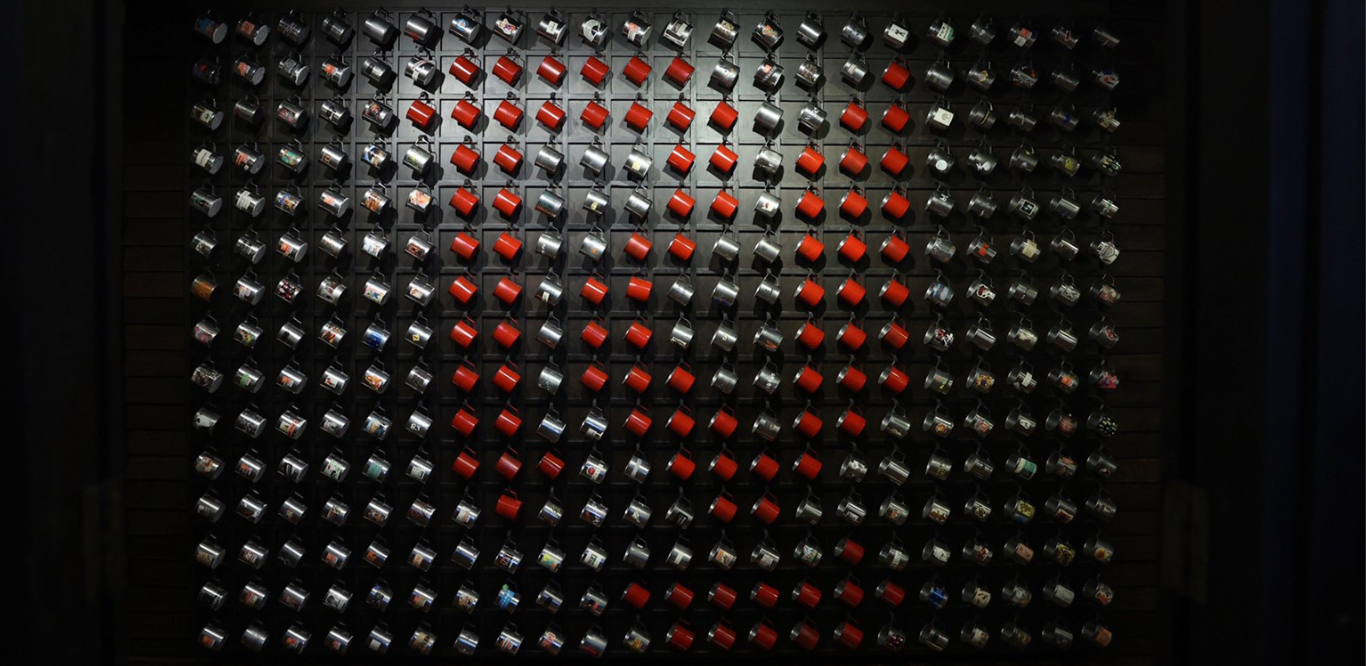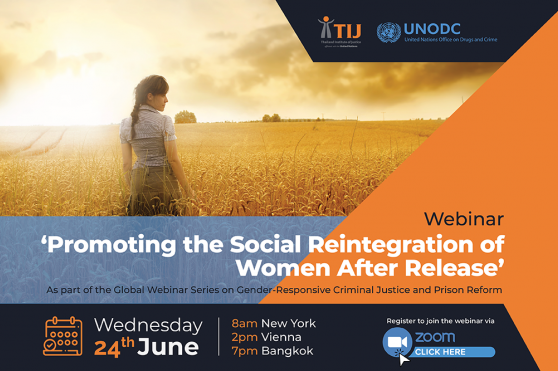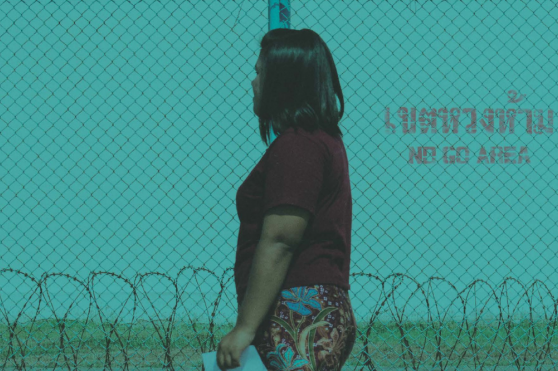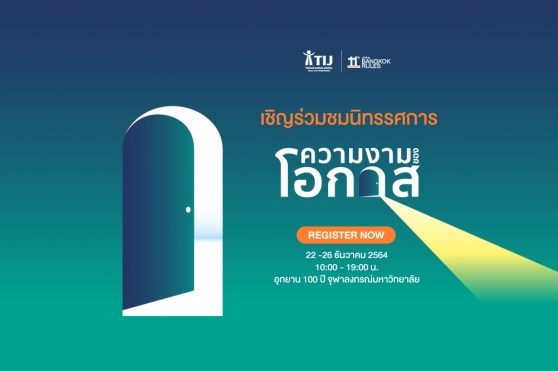Ruean Pathamarong Museum – A live museum that restores the relationship between offenders and the communities
The first step out of prison is often an unstable one for those who have been behind the wall for so long. They are unaware of the outside world since they were in the confinement of barbed wires and cement walls. Of course, committing an offense has its price of punishment and confinement, but at the same time, the prisoners also receive rehabilitation for their reintegration into society to ensure that they can live normally like others.
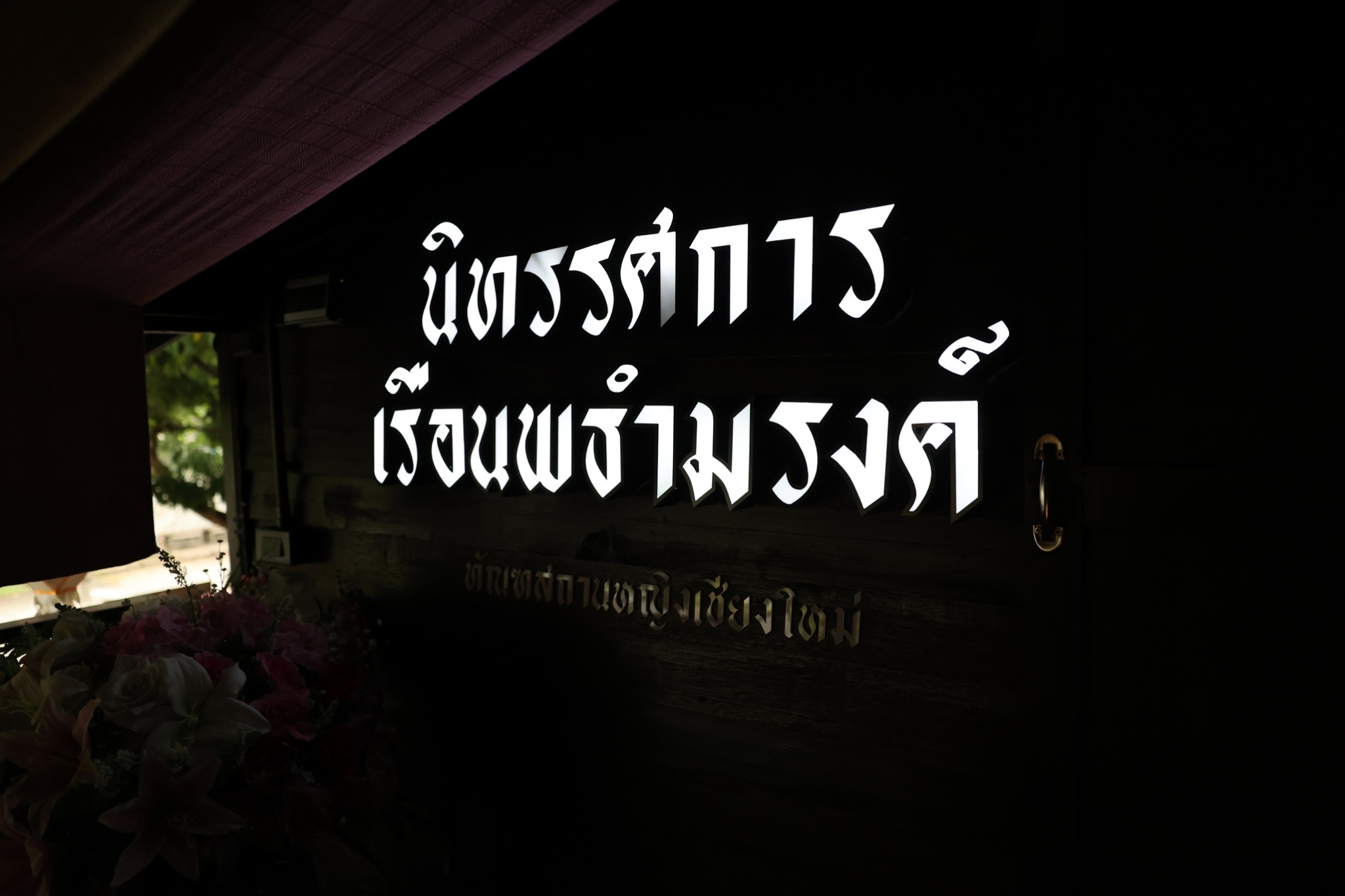
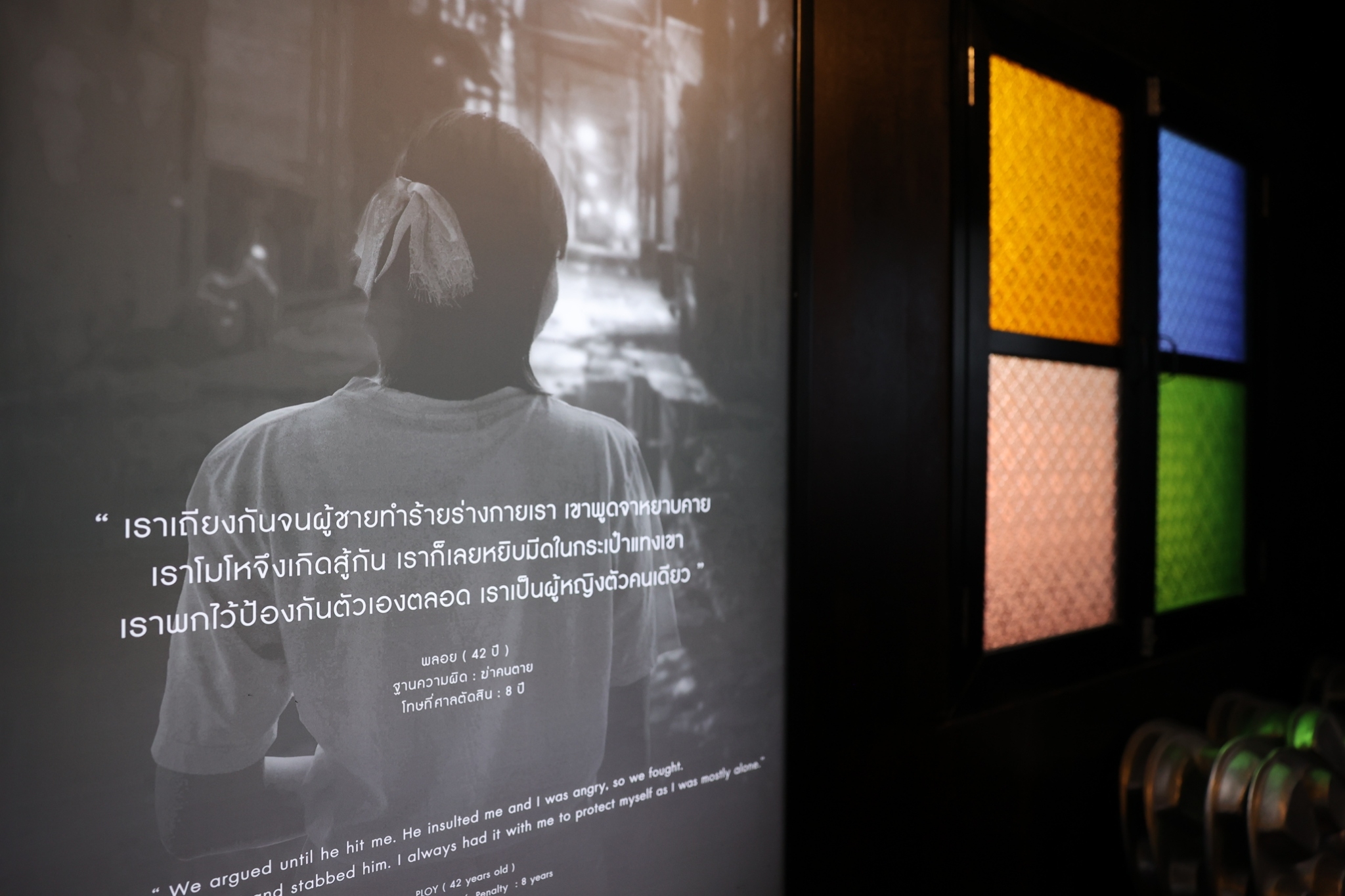
To promote the peaceful reintegration of the prisoners, Thailand Institute of Justice (TIJ), Bangkok University, and Chiang Mai Women Correctional Institution had collaborated to launch the “Ruean Pathamarong Museum Project”. The museum is located on the original location of Klang Viang Remand Prison which was part of the Chiang Mai Women Correctional Institution. Based on the concept of “From the Past to Present and into the Future”, the museum tells the history and evolution of Chiang Mai Women Correctional Institution from its past as the place of punishment to the present as the place for rehabilitation and vocational training according to the change of the era. The objective of the project is to raise awareness and support efficient pre-release preparedness through activities organized in collaboration with the communities. The official launch of the project was held on the 11th of July 2022.
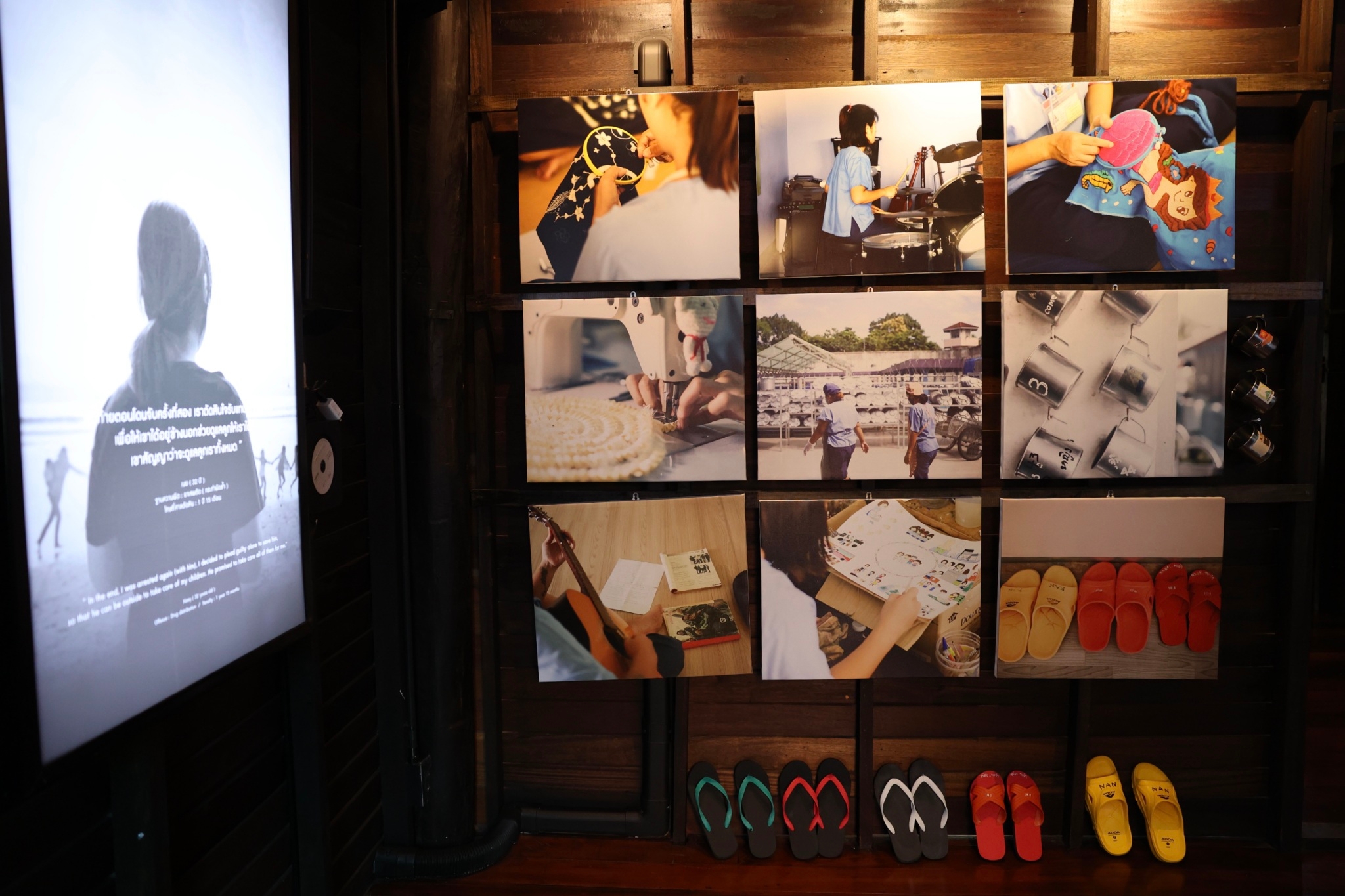
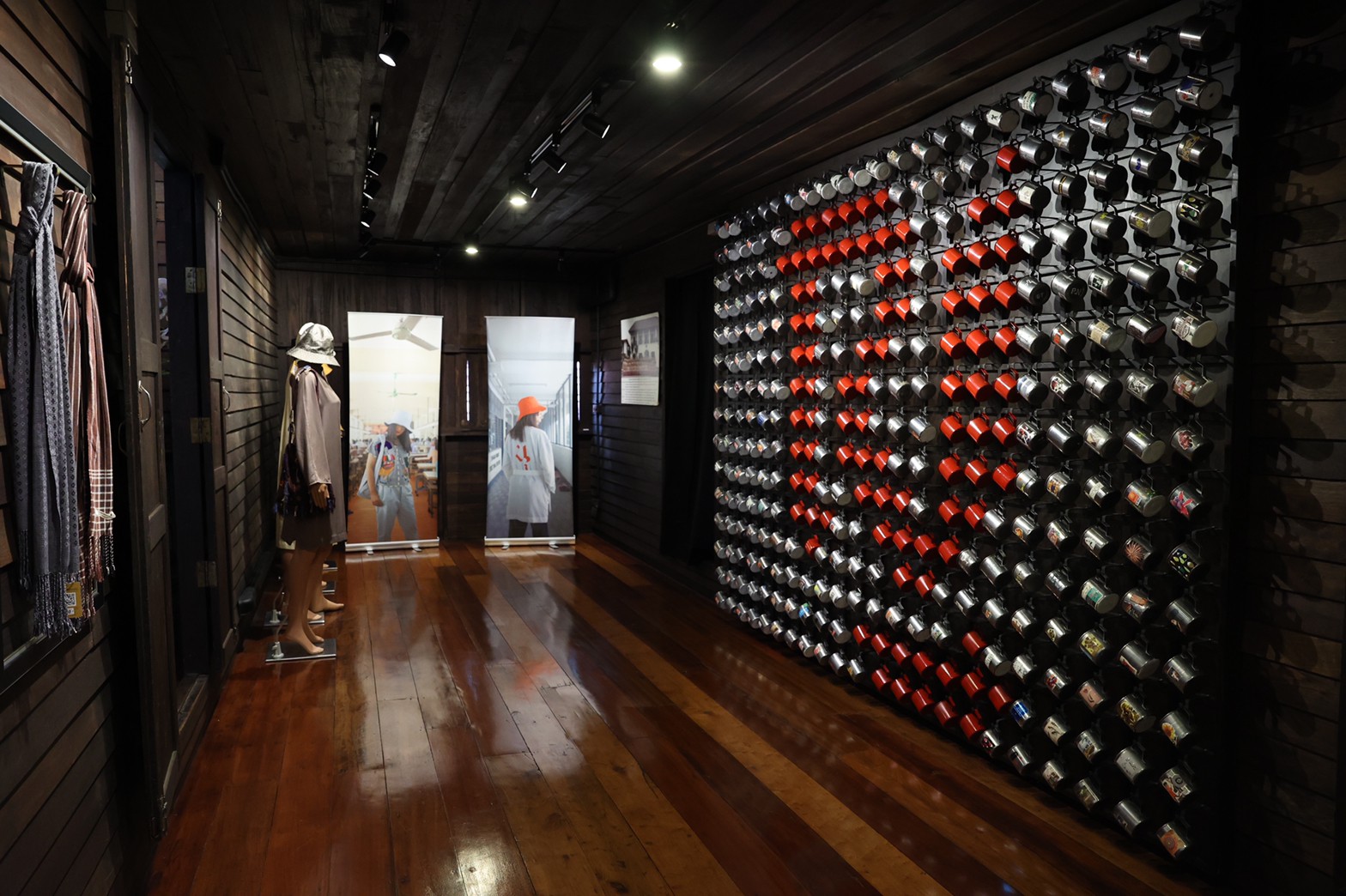
Dr. Phiset Sa-ardyen, the Executive Director of TIJ, provided that Ruean Pathamarong Museum Project is a novel collaboration between prisons and universities with TIJ as the coordinator. Since it is located in a high-potential area, learning and awareness of visitors on the history and background of female prisoners, the human element of the prisoners, and the international standards of prisoners’ care can be meaningfully promoted. Hence, as the partner organization of this Project, TIJ believes that the core value of imprisonment as the criminal punishment is so that we can understand prisoners as fellow human beings and we can give them opportunities to be reintegrated as valuable members of society once more.
Mrs. Acharee Srisunakrua, the Director of Chiang Mai Women Correctional Institution, provided that: At present, Chiang Mai Women Correctional Institution has many programmes to promote pre-release preparedness of the female prisoners. This includes development of new vocational skills and life values. The essence of corrections work is to assist the prisoners to change for the better. We hope that Ruean Pathamarong Museum will be the place where communities can learn about vocational training of prisoners, understand their capacity and create new perceptions for this group of people.
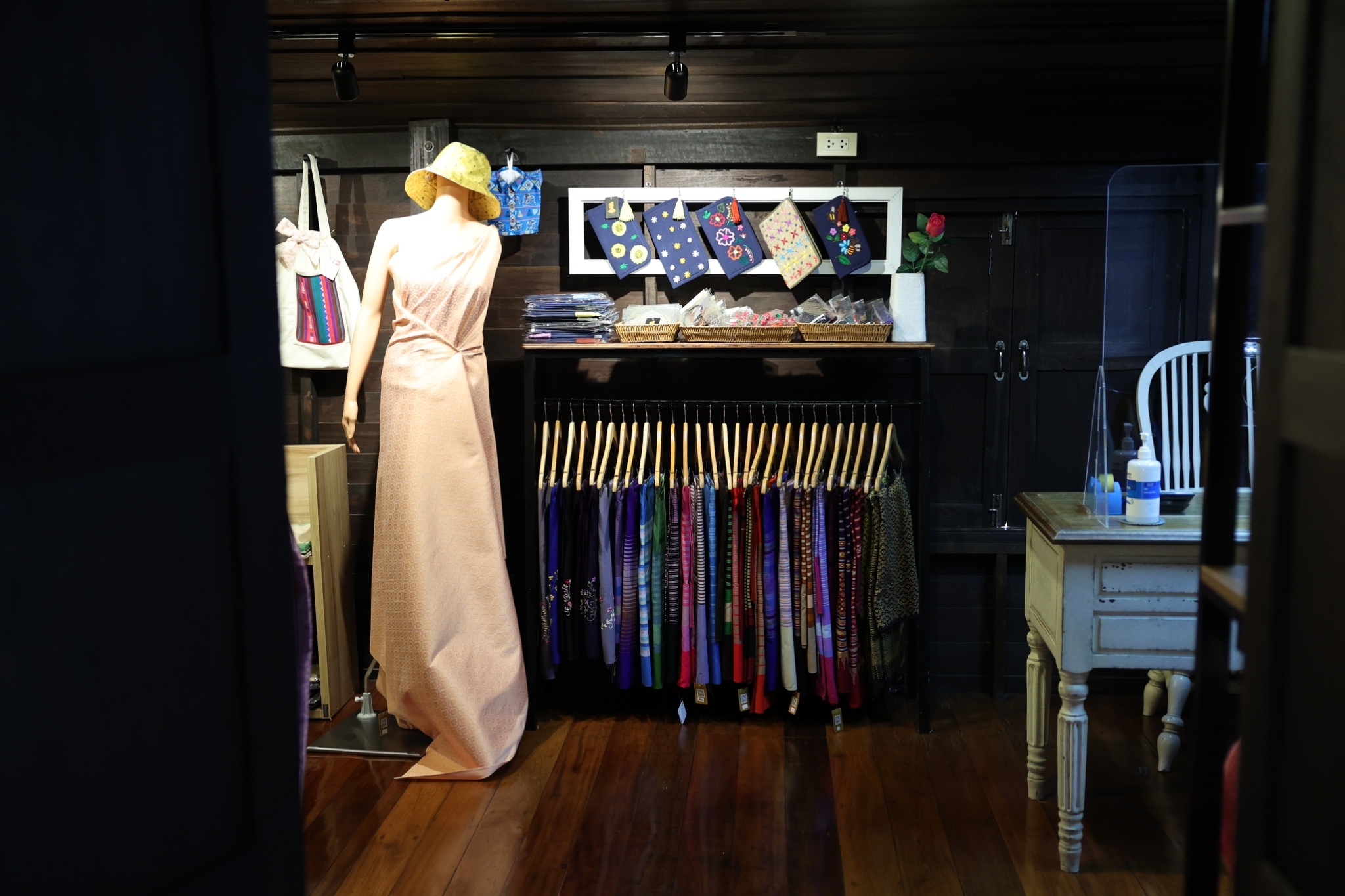
At the launch event of Ruean Pathamarong Museum, Ms. Chontit Chuenurah, Director of Office for the Bangkok Rules and Treatment of Offenders of TIJ, also shared the evolution of the project that: “When we talk about prisons, we often perceive it as the place of punishment. But in fact, prison serves another important function as the place of rehabilitation and skills development of offenders. The exhibitions showcased in this museum mainly communicate this role of the prison through humanized storytelling of the journey into prison of a woman. It also shows the perspective of the global community which prioritizes the gender-based differences of male and female prisoners which led to the adoption of the Bangkok Rules. Ruean Pathamarong Museum is the first step where stories of female prisoners will be shared to enhance multi-sectoral collaboration within the communities in the future.”
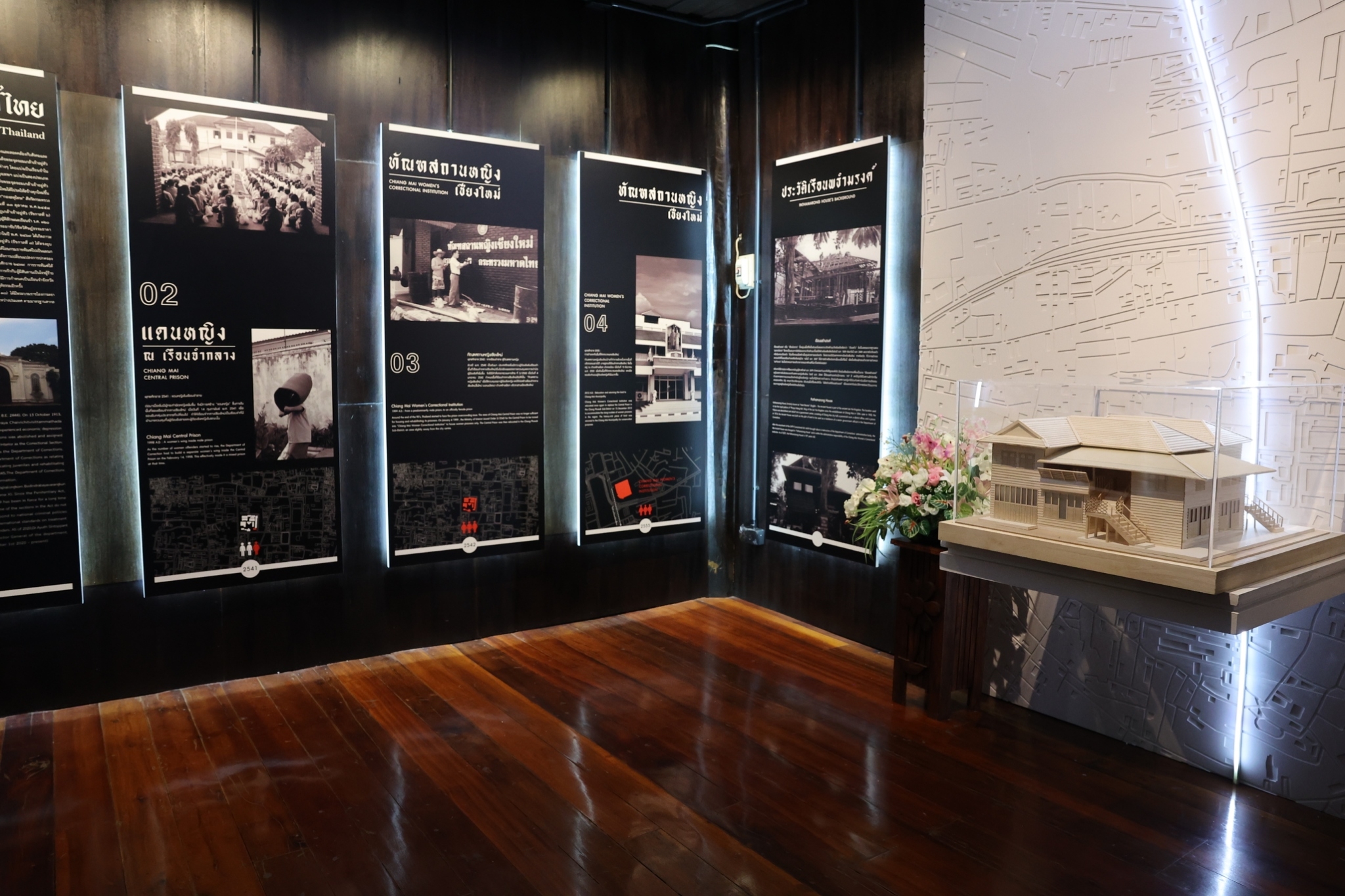
Before becoming Ruean Pathamarong Museum, TIJ together with the School of Architecture, Bangkok University, had opened the space for university students to learn and comprehend the principles on prison design which focuses on rehabilitation and care of female prisoners pursuant to the United Nations Rules for the Treatment of Women Prisoners and Non-custodial Measures for Women Offenders (the Bangkok Rules). Students had the opportunity to exchange ideas with the actual users of the prisons which are the inmates and prison staff. This initiative aims to plant a positive attitude toward human rights and the Rule of Law among younger generations and to provide more opportunities for near-release female prisoners.
Asst. Prof. Rittirong Chutapruttikorn (Ph.D.), School of Architecture, Bangkok University, shared the design concepts and the feeling as an organization taking part in the development that: “Designing structures in the justice process is something new for us. When the students had the opportunity to learn about the stories of those in prisons through the designs of Ruean Pathamarong, they got to develop a positive attitude and be more opened to new perceptions and they empathized more with people. As a designer, whenever our architectural designs can be used to better the life of someone, we will not hesitate to grab that opportunity.”
During the launch event, visitors had taken tours of Ruean Pathamarong Museum and attended a panel discussion on the future collaboration between communities and prisons. Local food stalls were organized within the activity area. Traditional Thai massage, performance, and local handcrafted products were on offered, as well as musical performances by the female prisoners of Chiang Mai Women Correctional Institution.



